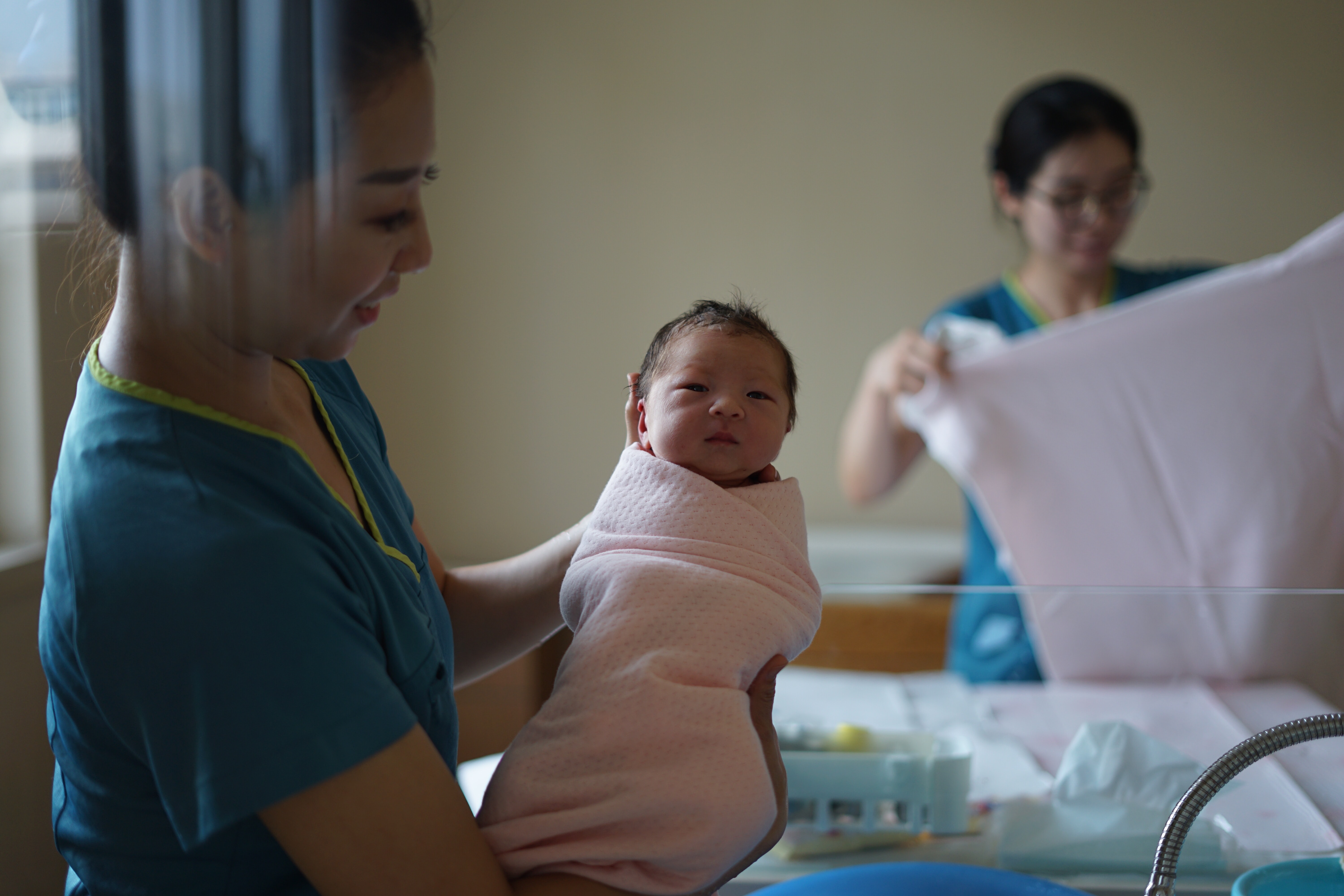
Pre-reading questions:
- What comes to your mind when you hear the word ‘population’?
- What countries with high population do you know?
Vocabulary:
- pace /peys/
- boost /boost/
- priority /prahy-AWR-i-tee/
- inverted /in-VUR-ted/
- workforce /WURK-fawrs/
[noun] – the speed at which someone or something moves, or with which something happens or changes
The child is observing how the turtle walk in a slow pace.
[verb] – to improve or increase something
The shop boosted their profit this month by having weekend sales.
[noun] – something that is very important and must be dealt with before other things
The safety of our employees is a priority.
[adjective] – changed from the normal position by being turned upside down or being arranged in the opposite order
The college professor drew an inverted pyramid in the board and explained the structure of news writing.
[noun] – the group of people who work in a company, industry, country, etc.
There is a sharp increase in the country’s workforce.
Article reading:
The lower birth rate, according to Ning, is a natural effect of China’s pursuit of economic and social development. He added that countries tend to have a lower birth rate as countries develop because the population is focusing on other priorities such as education and career. But decreasing population also causes some problems because of the inverted age structure. As there are more old than young people, there may not have enough workforce to support the elderly in the future. Despite ending the controversial one-child policy of 1979 in 2016, the Chinese government did not succeed in increasing the birth rate until now.
Comprehension questions
- What did the latest census reveal about China’s population in 2020?
- How many babies were born in China in 2016?
- According to Ning Jizhe, what caused the decline in birth rate in China?
- What does it mean to have an inverted age structure in population?
- When did the one-child policy end in China?
Discussion questions
- What do you think of the 1979 one-child policy of China?
- What are the advantages and disadvantages of having a big population in China?
- Is contraception a good way to reduce population? Why or why not?
- Describe the population in your country. How balanced is the population with regards to age?
- In your opinion, how many children should a couple have? Explain your answer.